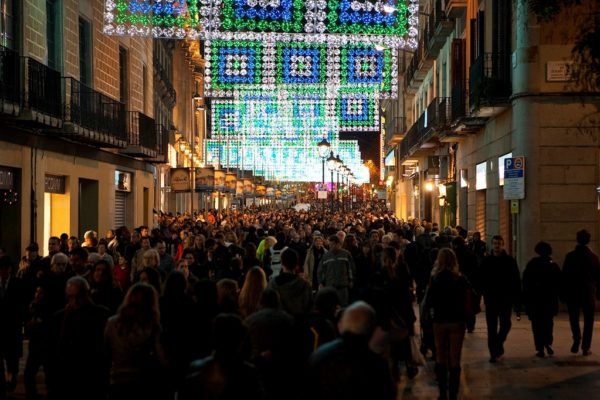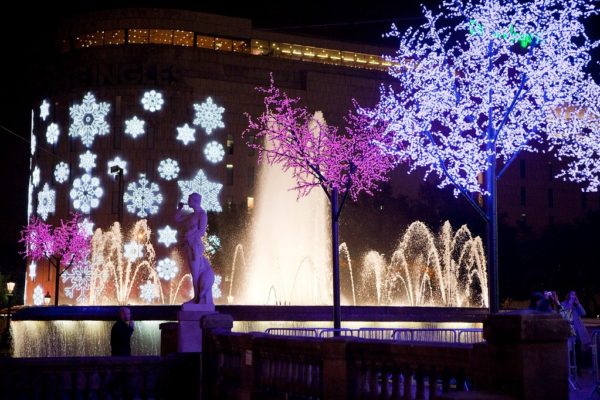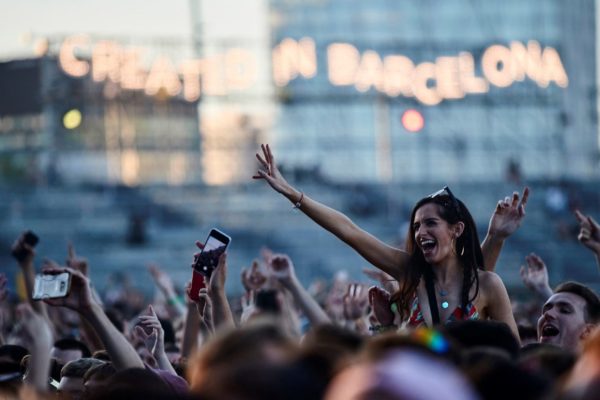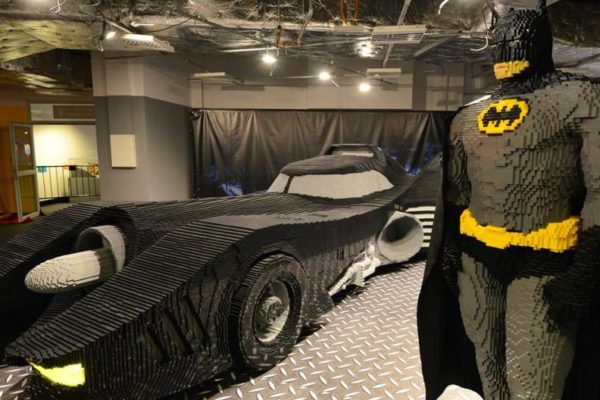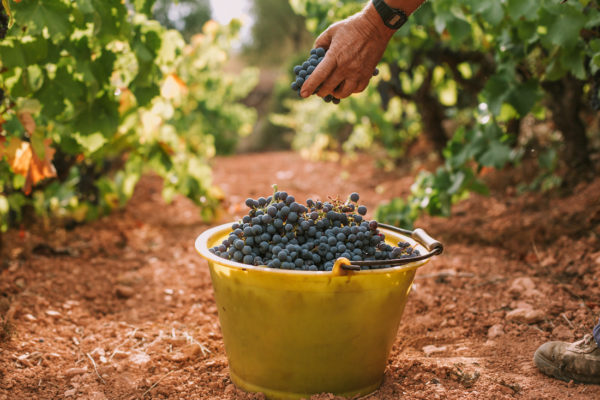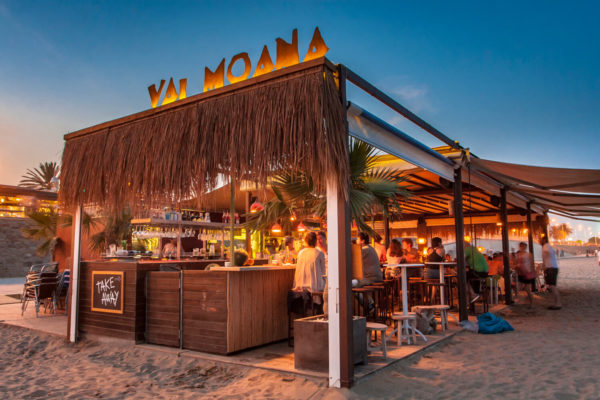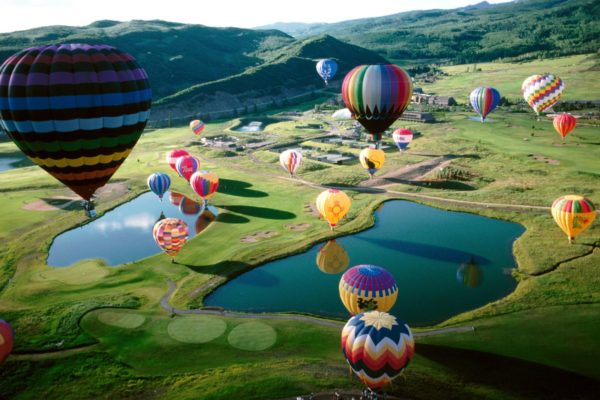Christmas in Barcelona - the most important family holiday of the year. To him are beginning to prepare in advance. In these dates all give each other gifts, who start choosing carefully a couple of months before the holidays. The day after Christmas, December 26th, is also a day off in Catalonia, celebrating the day of St. Esteban. On the evening of the 24th and at lunchtime on the 26th, all family members gather at home at the festive table, which is rich in traditional dishes for these celebrations. Bake turkey, prepare soup with escudella, stuffed with cannelloni meat and buy a lot of delicious sweets for dessert. Many dieters after Christmas, to lose the gained pounds, there is nothing strange about it, after all, an endless series of lunches and dinners with relatives, friends and colleagues give the body a lot of extra calories.
Barcelona transforms in December, dipping its inhabitants into a fabulous atmosphere. Holiday lights all around, in the winding lanes of the Gothic Quarter, this lighting looks especially beautiful, the atmosphere is very romantic, everyone is captivated by the spirit of Christmas, holiday beats with a fountain. Money fountains are pouring out of pockets too, because Christmas is a great reason to spend. Shopping streets are like Moscow roads at rush hour, only instead of cars people with packages in their hands. In all shops there are mountains of Christmas products. This is primarily sweets, turron of every conceivable kind, marzipan, lollipops, as well as sparkling wine, beloved by Catalans, alternative to champagne, Coffee.
Christmas Fair Fira de Santa Llucia existed for over 200 years, it is held on the square near the Cathedral. There are tents with national souvenirs at the fair, such as the pooping man “Caganer” or the pooping log “Caga Tío”.
Learn more about these unusual souvenir:
A good Christmas tradition of decorating your home Kaka figurines originated in the XVIII century. At first, "Kagan" portrayed in a typical Catalan peasant clothes. Over time, famous people began to be portrayed in such an unsightly form: politicians, athletes and even members of the royal family. Today, you can find the “kagane” of King Juan Carlos on a wide sale, queen sofia, Crown Prince Felipe and his wife Leticia. No persecution of the image crowned heads in such an indecent kind in respect of manufacturers and sellers of figurines had been taken. And no wonder, after all, the "kagans" make them closer to the people: even though they have blood, they say, blue, but nothing human is alien to them.
It is believed, that a pile of feces symbolizes fertilizer for the soil, guaranteeing a good harvest next year. So that, if you think about it, it is a symbol of fertility, and in a broader sense - well-being and good luck in all matters. Therefore, there is nothing strange about, that the presence of at least one "kagane" among the Christmas decorations in every Catalan family is simply necessary - the practicality of this nation is known to everyone.
It is accepted to consider, what if some real character served as a prototype for the Catalan "kagane", it does him credit and means his popularity. Firms, making and distributing figurines, warn those who are not familiar with this tradition, that it is about recognizing a person's popularity, not about trying to ridicule or insult him.
And what is a katatio log? The classic "kagatio" is a log, which, if you throw it in the hearth, gives warmth to the house. This source of good has gone through a kind of evolution, as a result of which it suddenly became an object, which the, relieving need, brings gifts to children. It is covered with a blanket before Christmas. To please children with something, he must certainly be beaten with a stick, while performing songs in his honor.



